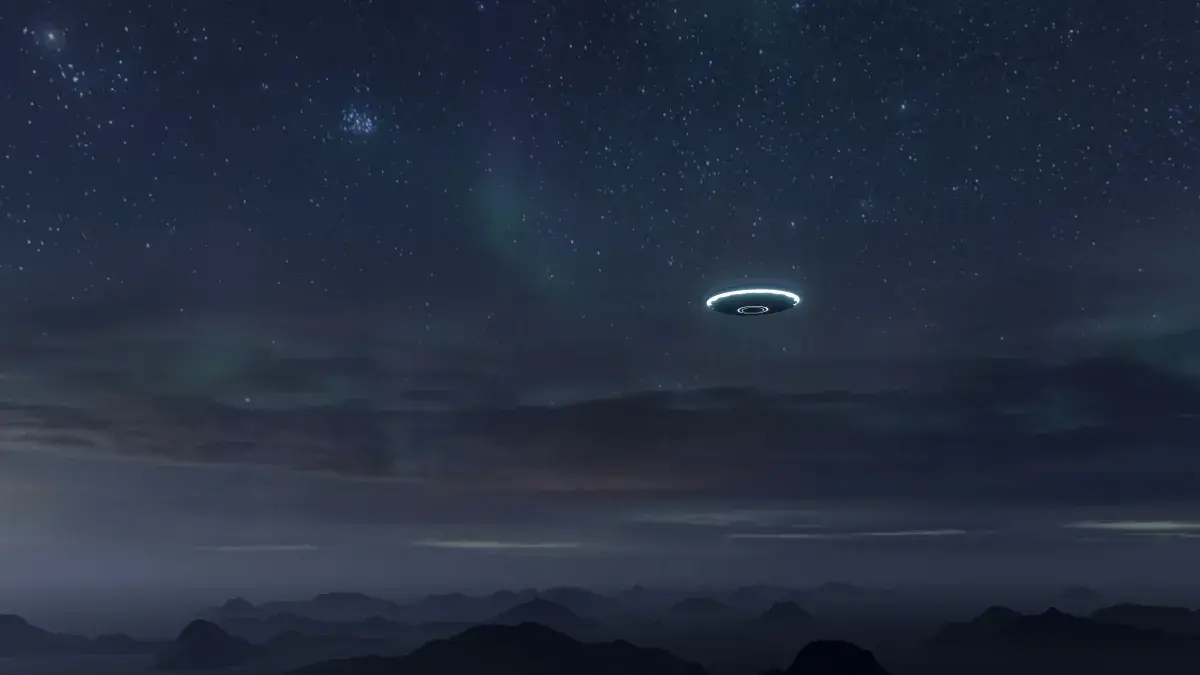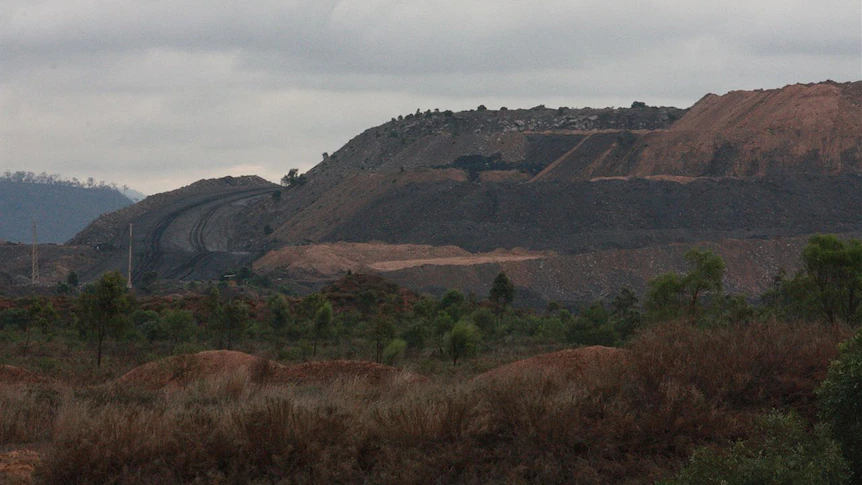Copyright Newsweek

Seventy-year-old reports of mysterious lights in the sky—so-called 'unidentified anomalous phenomena' (UAP), what would have once been dubbed a 'UFO'—may be linked to nuclear weapons testing. This is the conclusion of researchers who scanned historical photographs taken from the Palomar Observatory in California between 1949 and 1957 and identified various mysterious and short lived bright spots in the sky. The so-called 'transient objects'—which appear in one photo only to be gone by the next time the same region of the night sky was captured—were found to appear on dates that correlate strongly with both reported UAP sightings and nuclear tests. All of the photographs were taken before October 4, 1957—when humanity's first artifical satellite, Sputnik 1, was launched into Earth orbit. “Possible associations of transients with nuclear weapons testing might be considered for two reasons. From 1951 until the launch of Sputnik in 1957, at least 124 above-ground nuclear tests were conducted by the United States (U.S.), Soviet Union,and Great Britain,” the researchers explained in their paper. “In some circumstances, nuclear radiation is known to cause a visible glow (i.e., Cherenkov radiation). This phenomenon can be observed in the atmosphere in response to high energy particles (e.g., gamma rays), although it is influenced by both particle energies and atmospheric density. “Consistent with this concept, glowing ‘fireballs’ in the sky were reported in multiple instances to occur shortly after nuclear tests in locations where significant nuclear fallout was expected.” The researchers used a dataset covering 2,718 days of astronomical observations to compare the dates for transient sightings with the dates of above-ground nuclear tests and the number of UAP reports. They discovered transients were 45 percent more likely to be observed within one day of a nuclear weapons tests and the number of these flashes increased significantly when UAPs were spotted. The total number of transient activity increased by 8.5 percent for every additional UAP sighting. The team also found that UAPs were slightly more common during nuclear testing windows. "Our findings provide additional empirical support for the validity of the UAP phenomenon and its potential connection to nuclear weapons activity, contributing data beyond eyewitness reports," the researchers wrote. While they haven’t been able to definitively confirm the origins of the star-like objects or the nature of the UAPs, their discovery has helped to potentially rule out other theories related to plate defects or atmospheric debris from debris due to certain details. Following this leap, further investigations are needed to properly solve the mystery of what exactly these transients are. Newsweek has reached out to the researchers for additional comment. Do you have a tip on a health story that Newsweek should be covering? Do you have a question about transients in the sky? Let us know via health@newsweek.com. Reference



